Fig Trees just planting anything special on care?
az-kikn
14 years ago
Related Stories

HOUSEPLANTSPlay Up Some Fiddleleaf Figs for a Lively Indoor Tune
Strike a dramatic chord in a minimalist scene or a country note in a rustic setting — fiddleleaf fig plants harmonize with any style
Full Story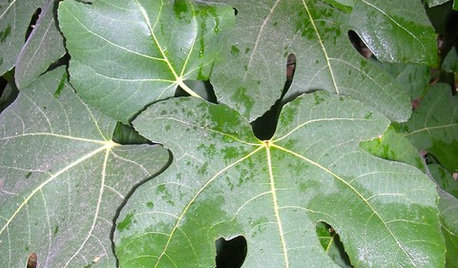
GARDENING GUIDESGreat Design Plant: Common Fig
A full form and delicious fruits make this Middle Eastern tree a favorite in gardens around the world
Full Story
GARDENING GUIDESTree Care: Common Tree Diseases and What to Do About Them
Learn to recognize trees that may be affected by diseases or pests so you can quickly take action
Full Story
GARDENING GUIDESHow to Keep Your Trees Healthy
Ensure your trees’ vigor for years to come with these tips for protecting roots, watering effectively and more
Full Story
GARDENING GUIDESSpring Citrus Care Reaps Months of Sweet Rewards
Learn how to tend citrus trees in spring and ways to preserve their delicious fruit
Full Story
HOLIDAYSHow to Care for Your Christmas Tree
Keep your tree looking lush until the last ornament is packed away with these tips for watering, using stands and more
Full Story
LIGHTINGHouse Hunting? Look Carefully at the Light
Consider windows, skylights and the sun in any potential home, lest you end up facing down the dark
Full Story
GARDENING GUIDESBackyard Birds: How to Care for American Goldfinches
The American goldfinch is a bright-in-the-summer visitor and one of the only vegetarian songbirds. Here's how to give them a healthy habitat
Full Story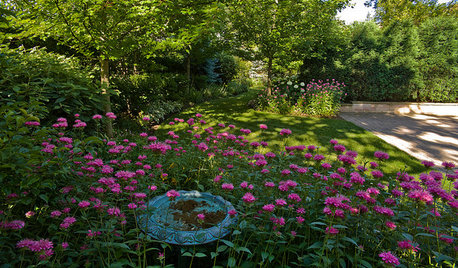
LANDSCAPE DESIGNExuberant Self-Seeders for Gorgeous, Easy-Care Gardens
Keep weeds down, color high and maintenance low with beautful plants that sow themselves
Full Story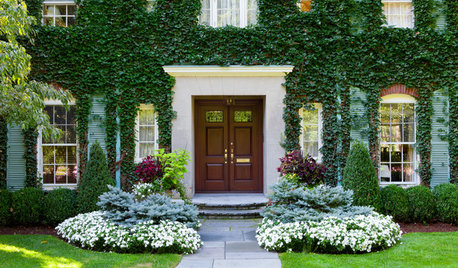
EXTERIORSCare and Training for a Vine-Covered Home
Love the look but don’t want the ruin? Learn how to have vine-draped walls without all the cracks and crumbling
Full StorySponsored
More Discussions



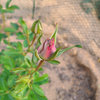
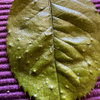
greendesert
thisisme
Related Discussions
Newly planted trees almost winter killed; special shaping care?
Q
fig planting and care
Q
Do my fig trees need anything now?
Q
new fig tree care-giver
Q
greendesert
thisisme
az-kiknOriginal Author
thisisme
az-kiknOriginal Author
thisisme
az-kiknOriginal Author
User
thisisme
az-kiknOriginal Author
thisisme
User
thisisme
User
aikanae
thisisme
herbmmm
az_pamperedchef
wabikeguy
wabikeguy
az_pamperedchef
herbmmm
greendesert
agility_mom
herbmmm
newuseraz
wabikeguy
newuseraz
wabikeguy
wabikeguy
herbue43
pgde
dorothyroeder
herbue43
Sherri Duke